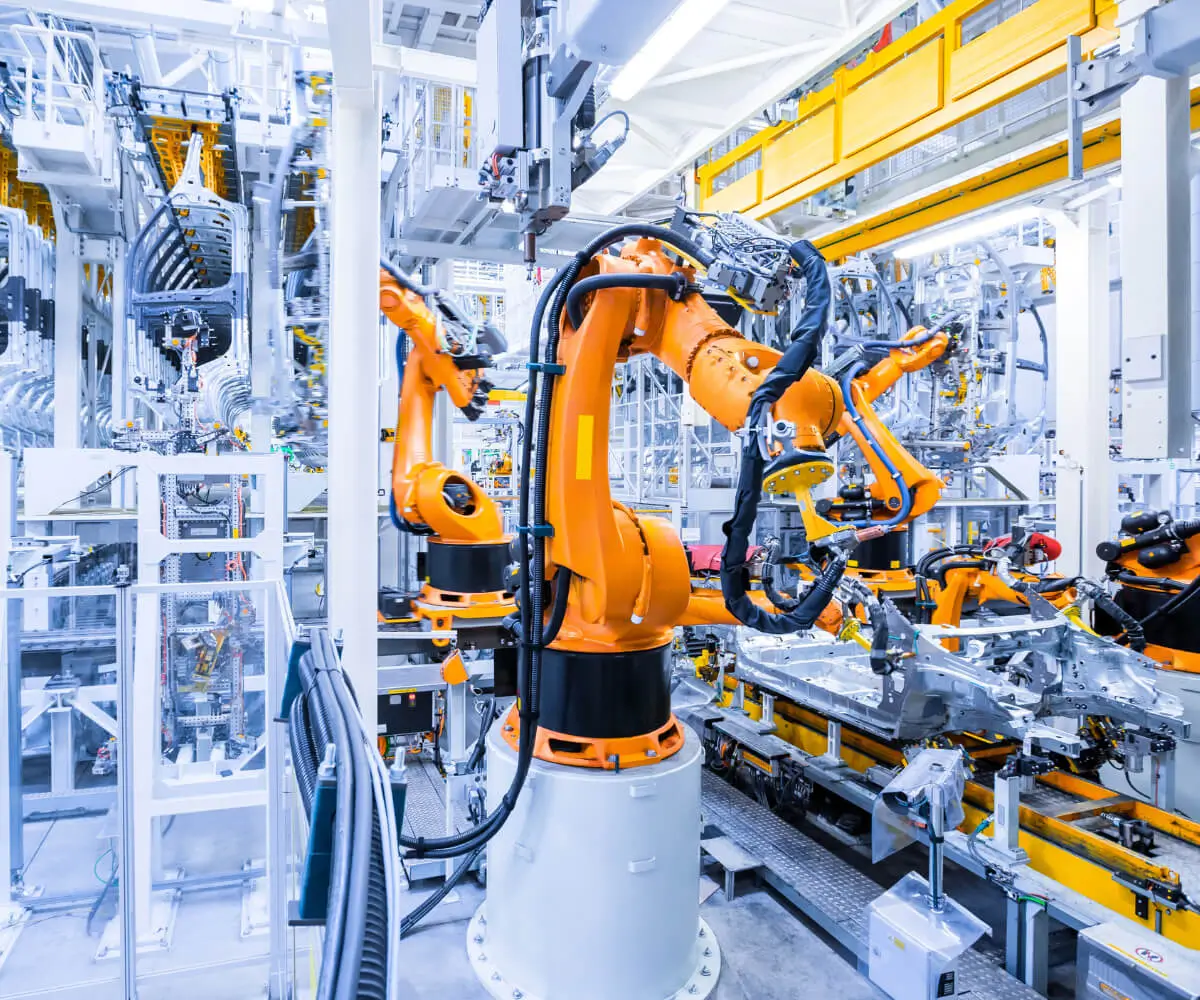part 1: Imagine a scene where an age-old symbol of strength and manual labor, the axe, is reimagined through the lenses of modern robotics and engineering. The “Servo Motor Axe Chopping Action Project” is not just an experiment—it’s a fascinating intersection of tradition and innovation, where technology brings new possibilities to something as timeless as axe chopping.

This project begins with the question: How can we improve upon the raw, primal act of chopping wood, making it safer, more precise, more controlled, and even visually captivating? The answer lies in harnessing servo motors—the small but mighty actuators that bring extraordinary precision and control to robotics.
At its core, the project centers around replacing the human arm and muscle power with intelligent, programmable servo motors. These tiny but powerful devices can precisely control torque, speed, and position, transforming an ordinary axe into a tool that can swing with exact rhythm and force—almost like an automated lumberjack with a robotic flair.
The inspiration for this project might have come from various sources—robots in industrial manufacturing, the spectacle of robotic sports competitions, or even the creative curiosity of engineers pushing boundaries of what's possible with small-scale automation. As DIY robotics and microcontroller technology become more accessible, enthusiasts and professionals alike are eager to experiment with new ideas—like making an axe that chops wood autonomously.
The design process begins with ensuring the mechanical setup is robust enough to handle repeated impacts. Engineers select a sturdy axe head, attach it securely to a custom-built support frame, and connect it to a servo motor capable of delivering high torque. The servo motor isn't just there to swing the axe back and forth; it must coordinate acceleration, deceleration, and impact timing, ensuring safety and efficiency.
Once the hardware is assembled, the control system emerges as the project's brain. Using microcontrollers like Arduino or Raspberry Pi, alongside sensor inputs such as accelerometers, force sensors, or even camera systems, the robot can adapt its chopping rhythm based on feedback. The goal isn't just automation but a harmonious blend of precision and adaptability.
But what truly makes this project captivating is its visual appeal. Imagine the rhythmic, almost hypnotic motion of an axe swinging with mechanical perfection—picture-perfect chops that are repetitive, determined, and impressive to watch. The integration of safety features, like automatic shutdown on errors or sensor detection of misfire, ensures a safe demonstration of power.
The initial stages are full of trial and error—adjusting servo speed, tuning the timing sequence, and reinforcing the mechanical parts. Every successful chop feels like a small victory, confirming that the engineering choices are on point. Engineers and hobbyists alike find joy in refining the parameters, making the action smoother, faster, and more reliable.
Behind this seemingly simple system lies a complex dance of electronics, mechanical design, and programming. The servo motor’s motions are controlled through algorithms that account for different wood densities, angles, and chopping depths, which adds layers of sophistication. This makes the project an excellent case study in applied automation, combining logic, physics, and creative problem solving.
Moreover, the project reaches beyond simple automation; it sparks discussions about the future of robotics and the potential for integrating such systems into broader applications. Could similar setups help in forestry management, automated logging, or even in disaster relief scenarios? The possibilities are broad, and the project stands as a proof of concept that traditional labor can meet high-tech innovation.
As the project progresses, some enthusiasts experiment with more advanced features—adding artificial intelligence, voice commands, or even remote operation. They explore ways to make the axe more intelligent, capable of adjusting its swing based on real-time feedback, or wrapping its operation into a larger automated forestry or woodworking system. It’s this blend of craftsmanship and cutting-edge tech that makes the project so enthralling.
Part of the appeal also lies in its accessibility. Hobbyists with basic mechanical skills and a handful of electronic components can start experimenting with similar setups at home. 3D printing parts, programming servos, and designing custom mountings are all within reach for motivated DIYers. This democratization of technology fuels innovation and turns the traditional image of axe chopping into an art form redefined by robotics.
Through this project, we see how age-old tools and techniques have the potential to evolve with modern engineering. It’s about respecting tradition while daring to innovate—creating something that not only serves a functional purpose but also captures our imagination and showcases human ingenuity.
Stay tuned for the second part, where we’ll delve into the final stages of development, reveal some fascinating real-world applications, and explore what this innovative project means for the future of automation and mechanical arts.
Established in 2005, Kpower has been dedicated to a professional compact motion unit manufacturer, headquartered in Dongguan, Guangdong Province, China.




































